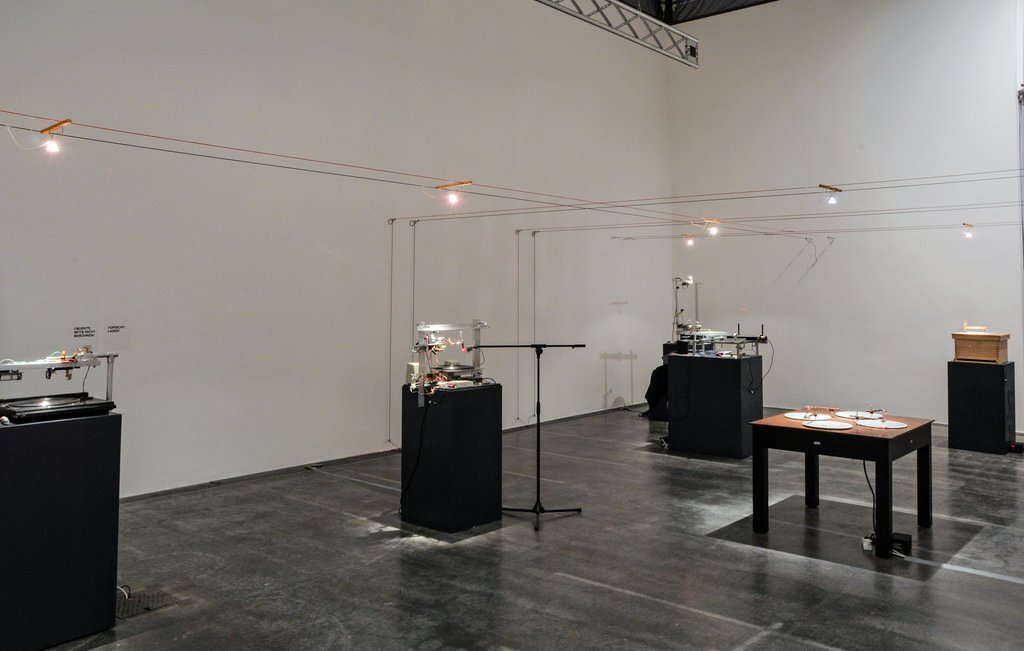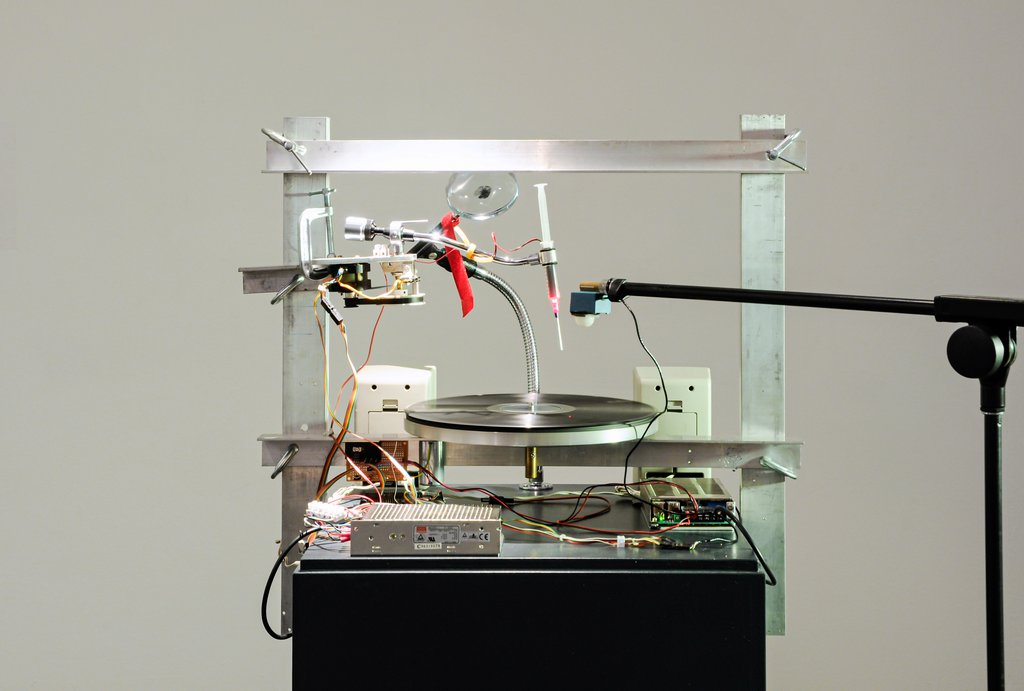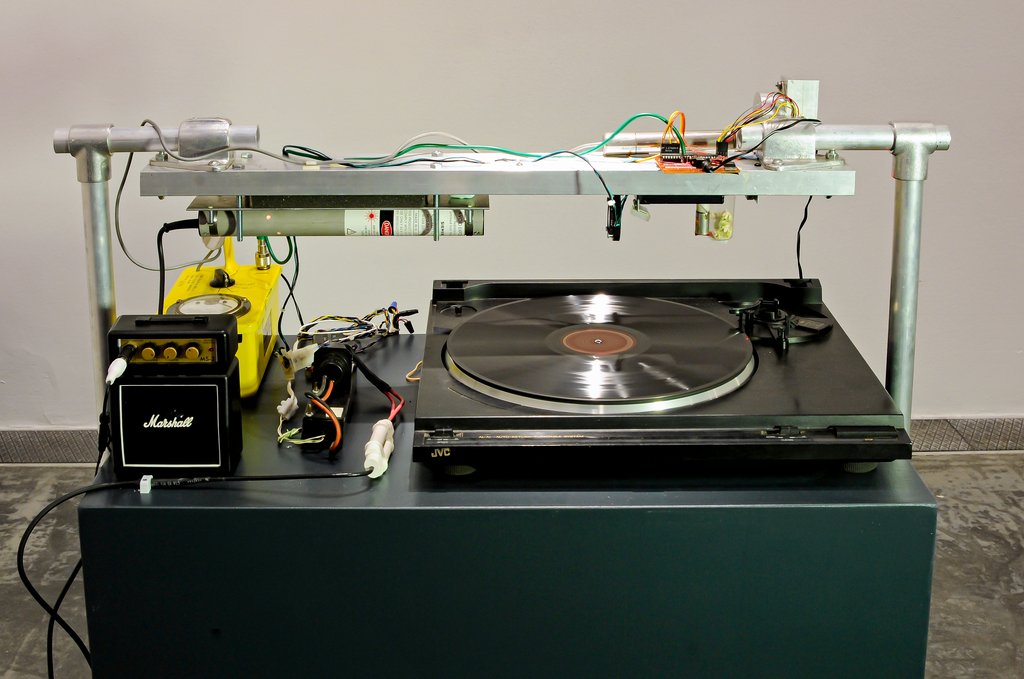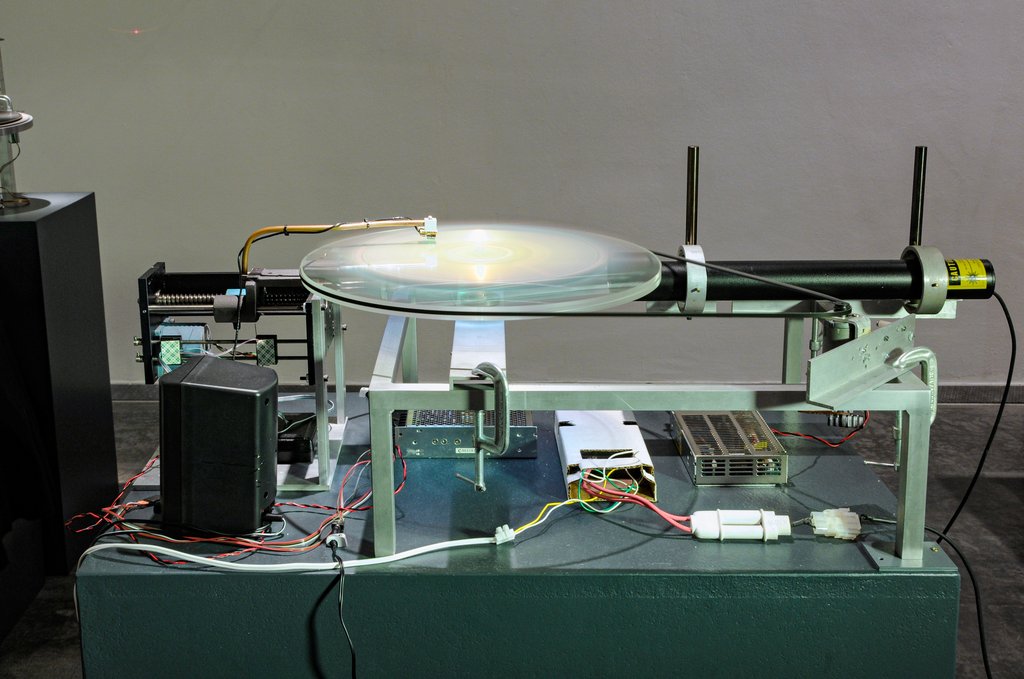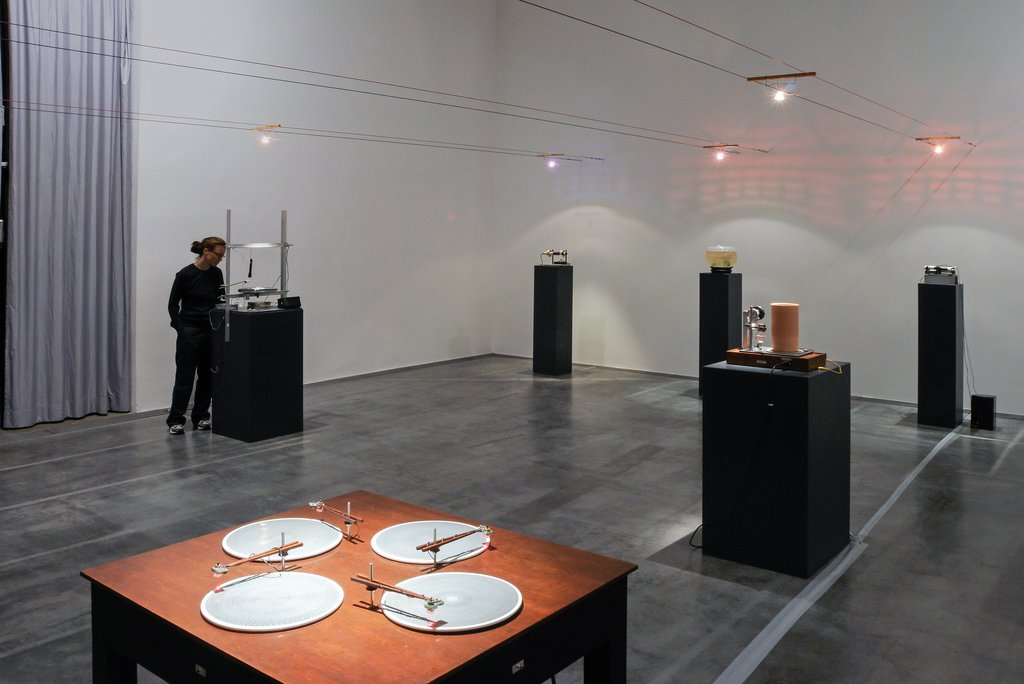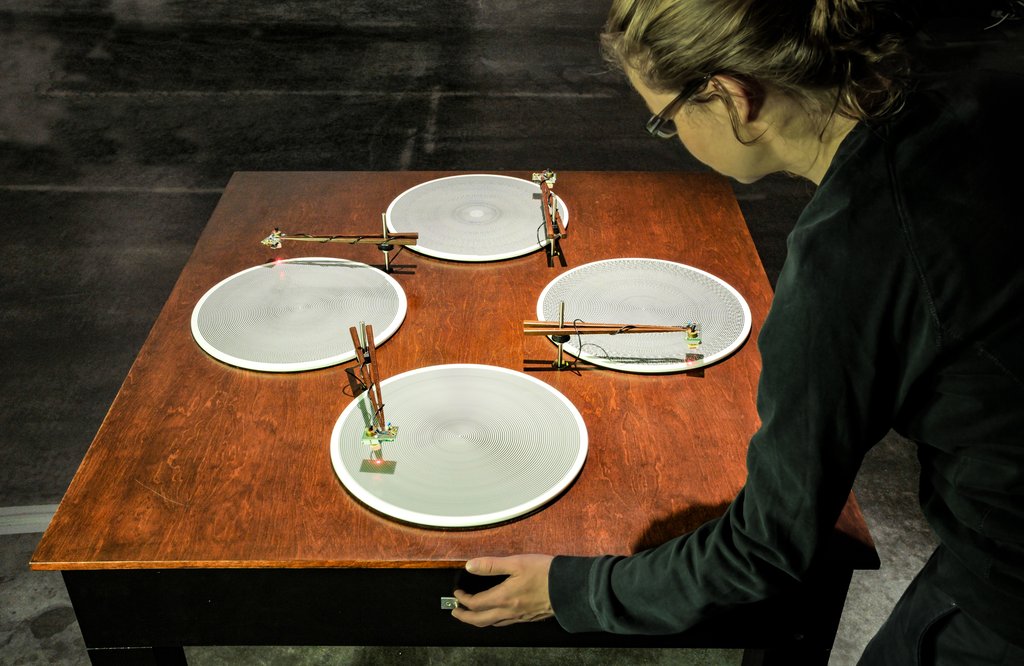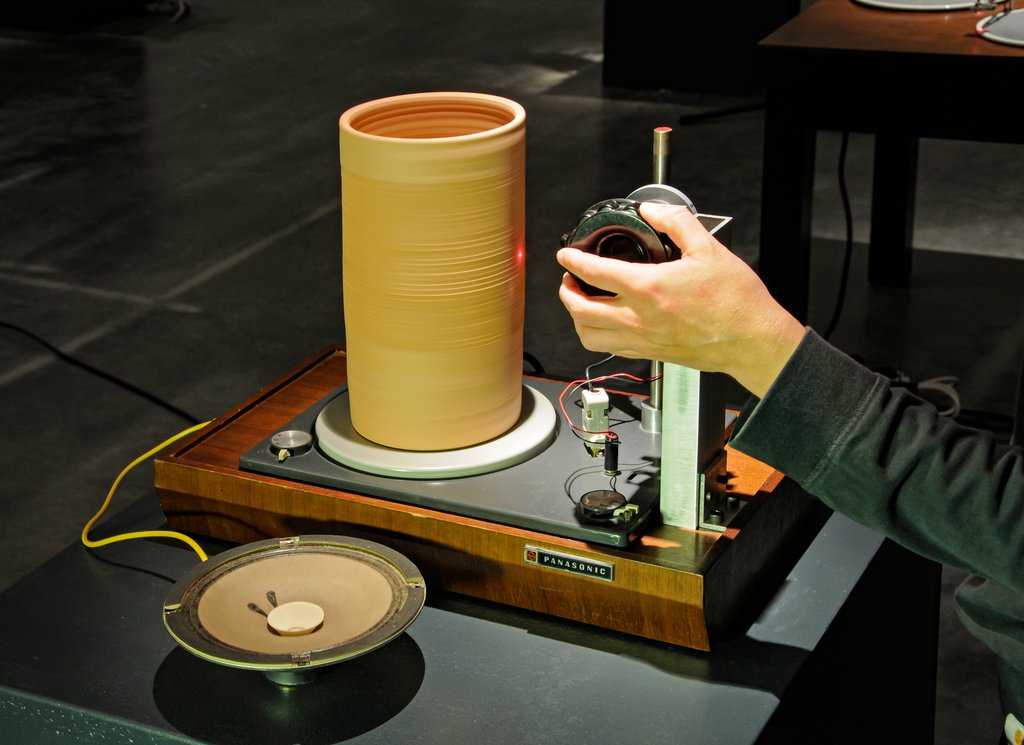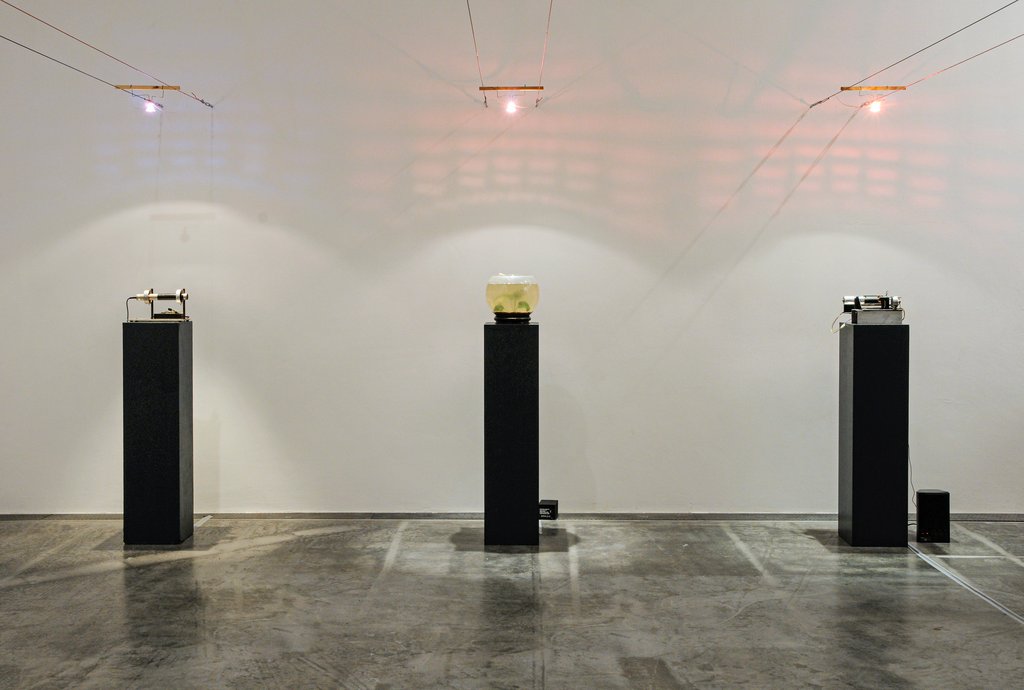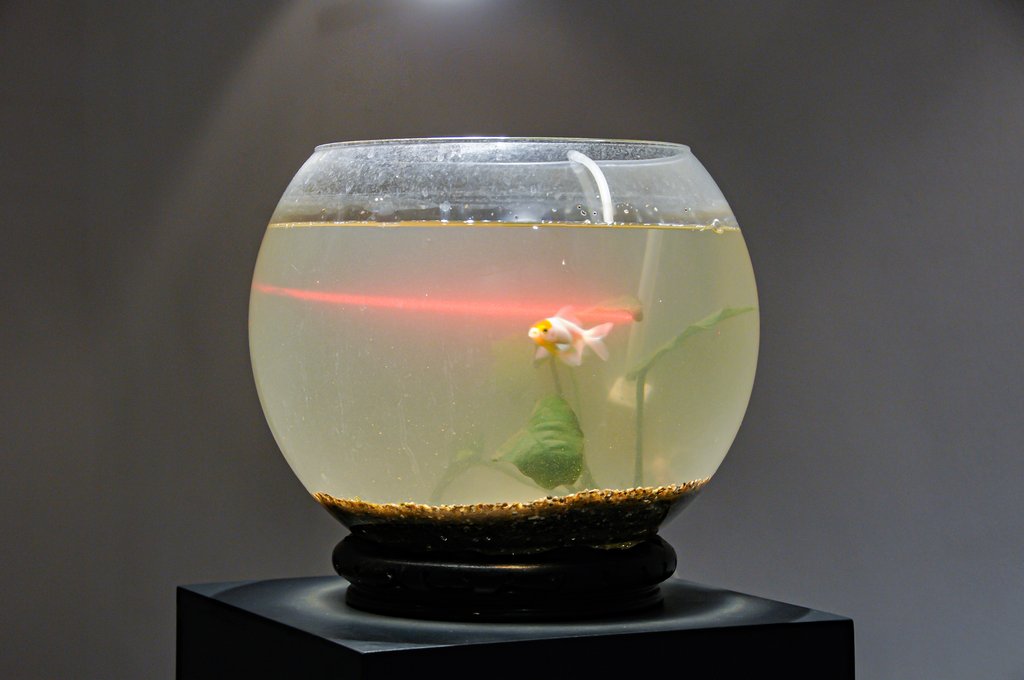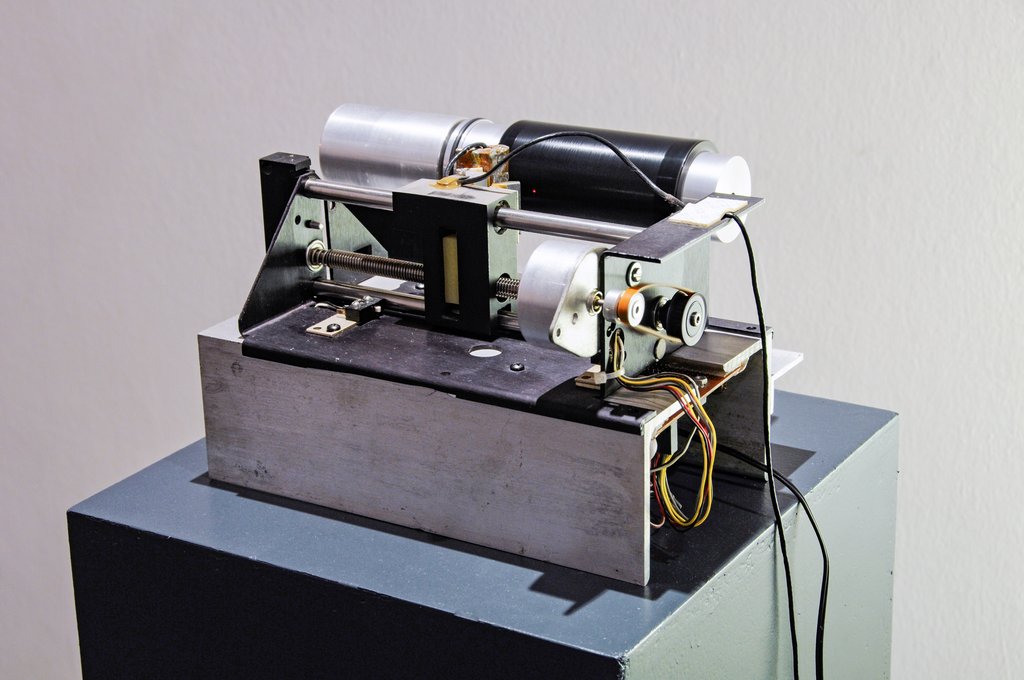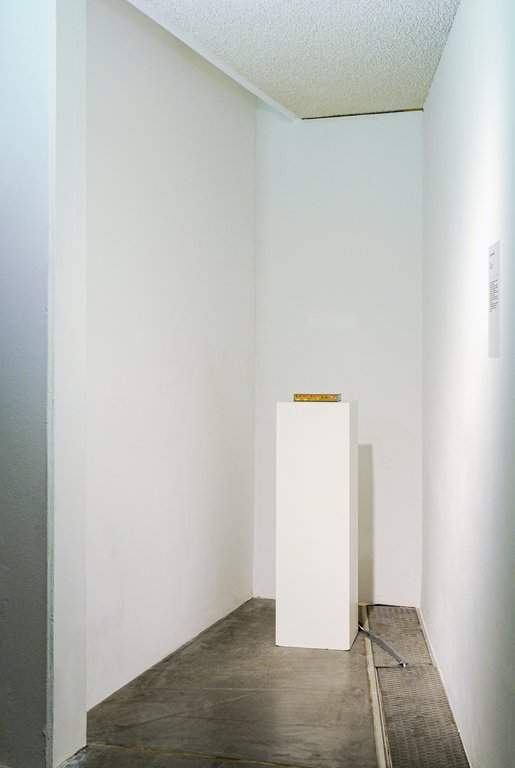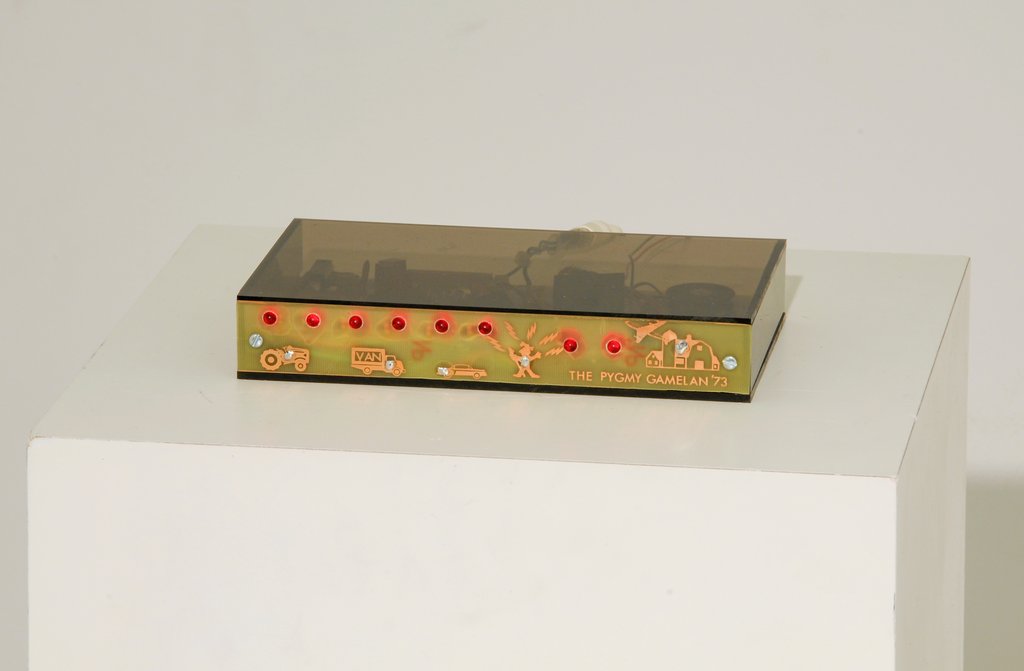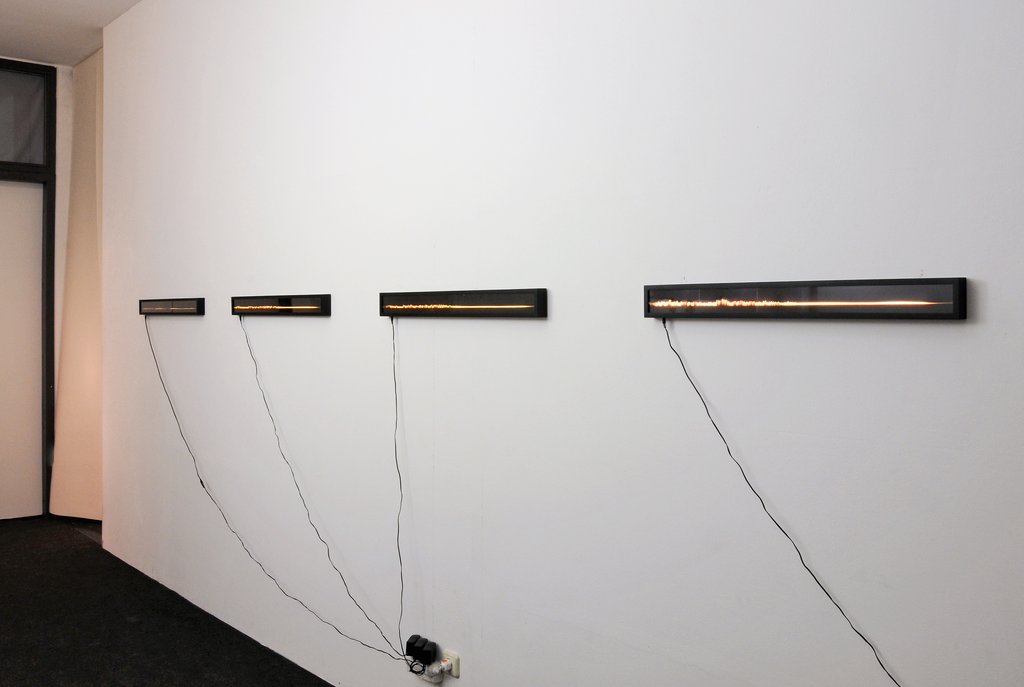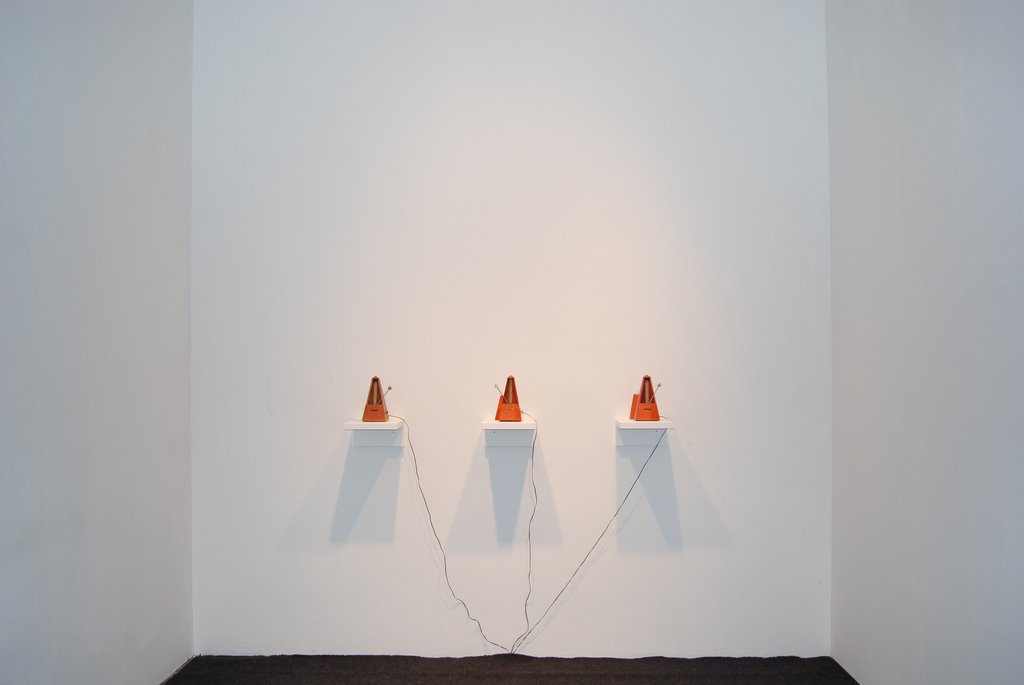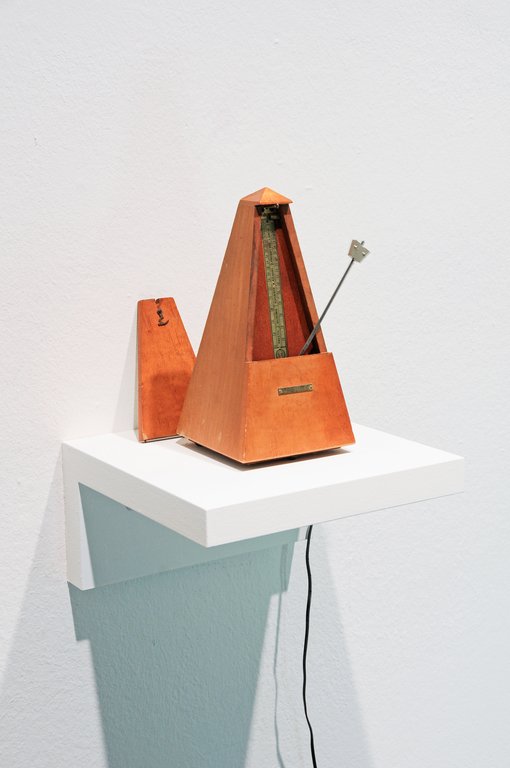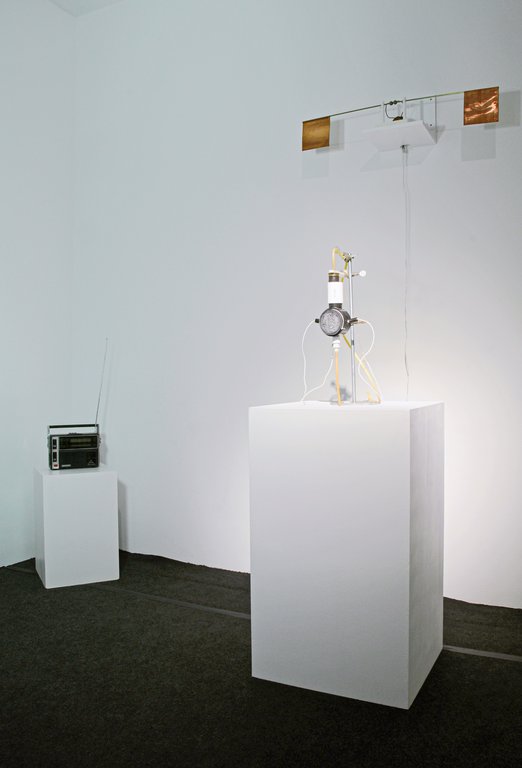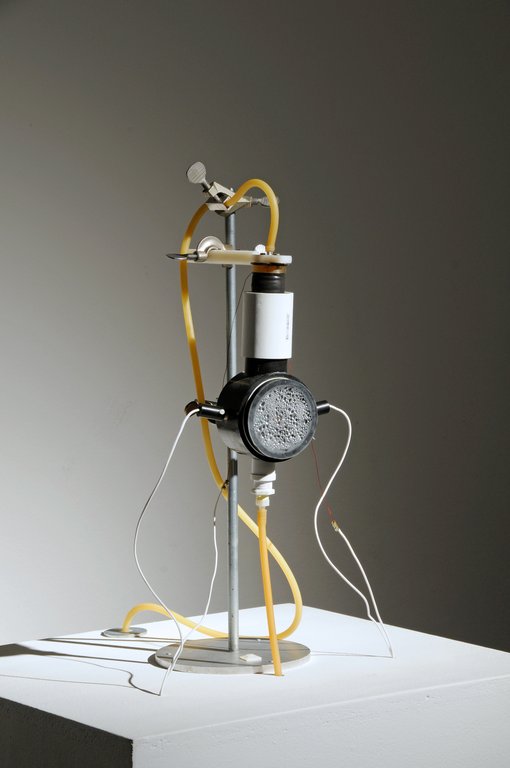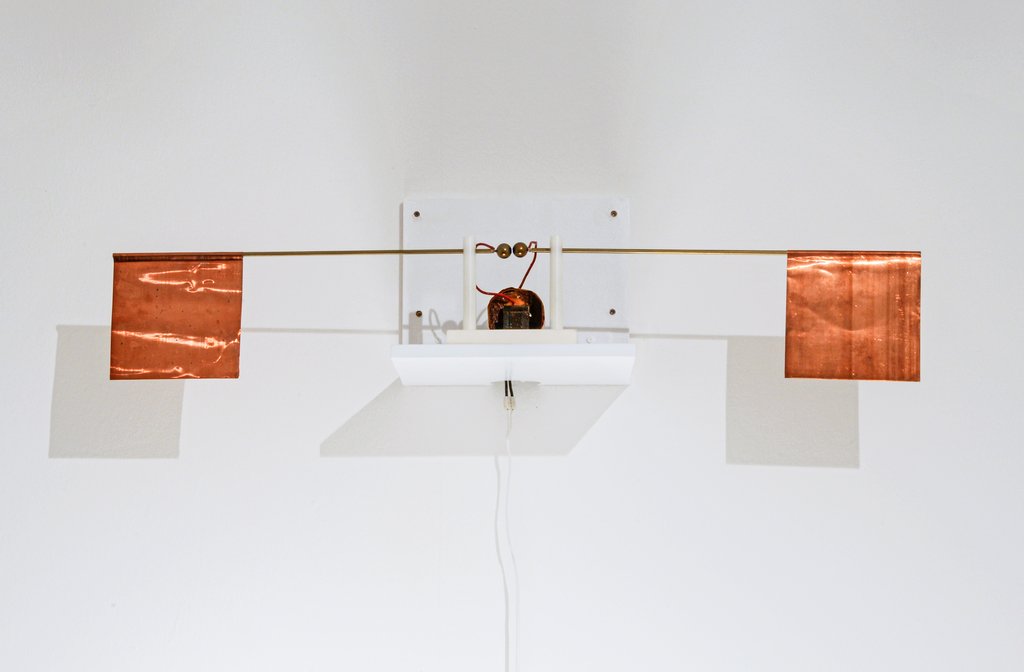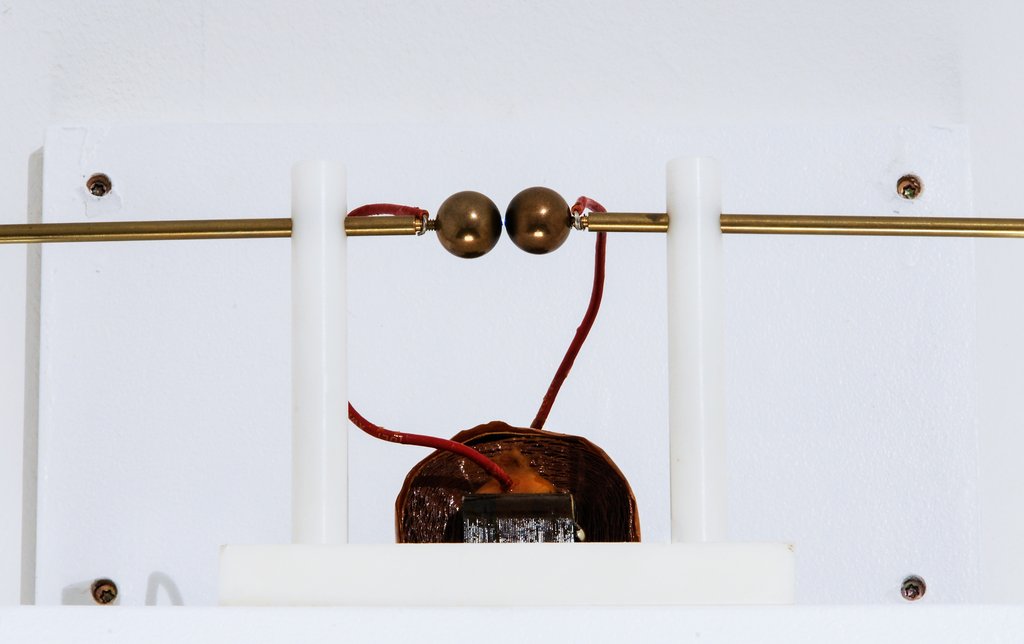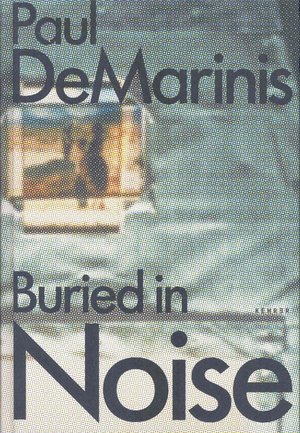Formen, Spuren, Löschungen
With Paul DeMarinis’s Forms, Traces, Deletions the Edith-Russ-Haus for Media Art presents the first retrospective of the American artist which features important works from the 1970s to current productions and thus encompasses the entirety of the artistic endeavours of this pioneer of media art.
DeMarinis devotes his attention primarily to physical principles and the development of communication media. His works are often based on an aesthetic reinterpretation of existing physical phenomena and technical instruments. His objects, apparatuses and installations are his own inventions with which specific technical and scientific occurrences are made useful in a critical, humorous and poetic fashion.
At the centre of the exhibition stands the 1993 installation The Edison Effect, which itself is comprised of nine autonomous arrangements. Several directly reference Thomas Alva Edison, whose inventiveness is given a slightly ironic homage in this piece.
In a completely darkened exhibition space, lasers scan old gramophone records, wax cylinders, holograms, coils, plates and phonographs records made of shellac or bee’s wax. The light reflected by these sound storage media are transformed into electric signals that are then played back on the loudspeakers. The light from the laser is controlled and altered by an old television set, goldfish and the exhibition visitors, among others.
Like The Edison Effect, DeMarinis’ eight other works in the exhibition depict an intentional “misunderstanding” of technical instruments, communication media and physical phenomena. All nine exhibited works surprise, enchant and cause astonishment in the face of the potentials involved in the artistic use of technical devices and scientific phenomena.
Based on a recreation of the 1908 radio transmitter of Majorana, high voltage and a stream of vitriolic acid convene to broadcast the corrosive and unwelcome sounds of Western culture (Mozart, Verdi, Bavarian Waltzes and Futurist poetry) toward un-attuned ears.
Dust presents a fragment of the artist's collection of missing children flyers, scanned sequentially into the light-memory of phosphorescent powder.
Film recordings of vibrating flames representing the articulation of speech, based on 19th century manometric flame devices.
All nine exhibited works surprise, enchant and cause astonishment in the face of the potentials involved in the artistic use of technical devices and scientific phenomena.
Electronically rigged metronomes speak in the voices of hypnotists to lull the listener into a receptive aural state.
Since July, the 25th, the exhibition is supplemented by the sound installation RainDance by Paul DeMarinis on the Julius-Mosen-Platz in Oldenburg. It enchants with a surprising sound experience: fine water falling from six nozzles contains music which is only audible through an umbrella. Visitors are invited to listen to music in this artificial rain.
Curated by: Carsten Seiffarth

